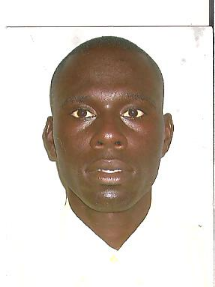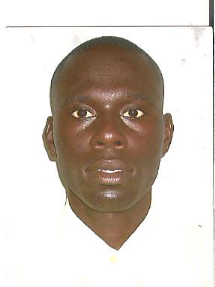|
Université Cheikh Anta Diop de Dakar

Faculté des Sciences et Technologies de l'Education et
de la Formation
Département didactique d'anglais

Mémoire de fin de formation
Section F1A
The impact of songs and games in ELT in the fourth form
Présenté par Sous
la direction de la Formatrice
Ndiaga SYLLA a la
Fastef
Mme
Fatimata Kane DIENG

Année universitaire 2009-2010
Université Cheikh Anta Diop de Dakar

Faculté des Sciences et Technologies de l'Education et
de la Formation
Département didactique d'anglais

Mémoire de fin de formation
Section F1A
The impact of songs and games in ELT in the fourth form
Présenté par Sous
la direction de la Formatrice
Ndiaga SYLLA a la
Fastef
Mme
Fatimata Kane DIENG

Année universitaire 2009-2010
Dedication
This piece of work is dedicated to my parents for having
contributed a lot in my studies, for the sacrifices they have endured in life.
May the Almighty grant them for every thing they need.
It is also dedicated to my young brothers and sisters and the
SYLLA family in Darou Mousty.
Acknowledgement
I would like first of all to express my deep thankfulness and
gratefulness to my supervisor Mrs. DIENG for her benevolence and willingness to
supervise our research projects.
Our thanks go as well to all the trainers at Fastef mainly those
who are in the English department for having made the English department one of
the most outstanding departments in the faculty.
Table of contents
Introduction
...............................................................................................
3
Chapter one: description of the context
.......................................................................
5
1.1 Teaching English in the Senegalese context
.......................................................... 5
1.2 Problems raised by teaching English in the Senegalese context
............................... 7
1.3 Purpose: to solve the problems through songs and games
..................................... 9
Chapter two: literature review
...........................................................................................
11
2.1 Teaching songs and games in a foreign language context
....................................... 11
2.2 Songs and games in language proficiency
.............................................................. 14
2.3 Strategies and techniques in teaching songs and games
........................................ 16
Chapter three: exemplification
.............................................................. 17
3.1 Exemplar unit: descriptive analysis
...........................................................................
17
3.2 Unit outline
................................................................................................................
17
3.3 Trailing and feedback
.................................................................................................
19
Chapter four: methodology
..................................................................................................
22
4.1 Research techniques and instruments, descriptive analysis
...................................... 22
4.2 Data presentation and analysis
..................................................................................
23
4.2.1 Teachers questionnaire data, presentation and analysis
......................................... 23
4.2.2 Students questionnaire data, presentation and analysis
........................................ 25
4.2.3 Cross analysis of the results
....................................................................................
26
Chapter five: results and implications
.......................................................... 27
5.1 Statement of results
...................................................................................................
27
5.2 Implications
................................................................................................................
27
5.3 Recommendations
5.3.1 Recommendations to teachers
..............................................................................
27
5.3.2 Recommendations to students
.....................................................................................27
5.3.3 Recommendations to educational authorities
...........................................................28
5.3.4 Recommendations to parents
.....................................................................................28
Conclusion
....................................................................................
28
Bibliography.........................................................................................29
Appendix
....................................................................................30
| 


